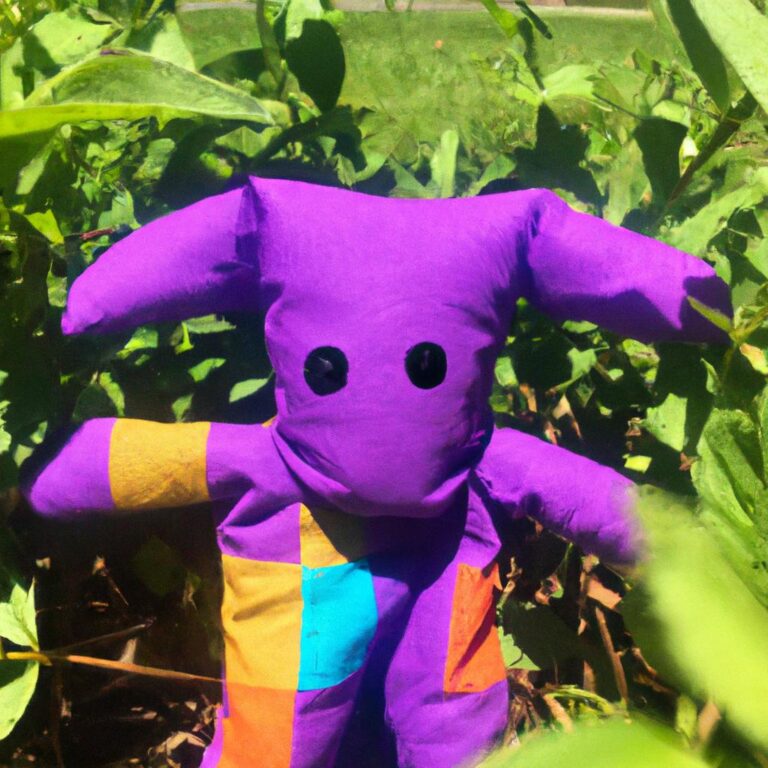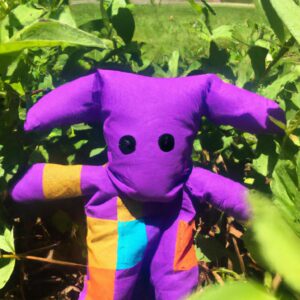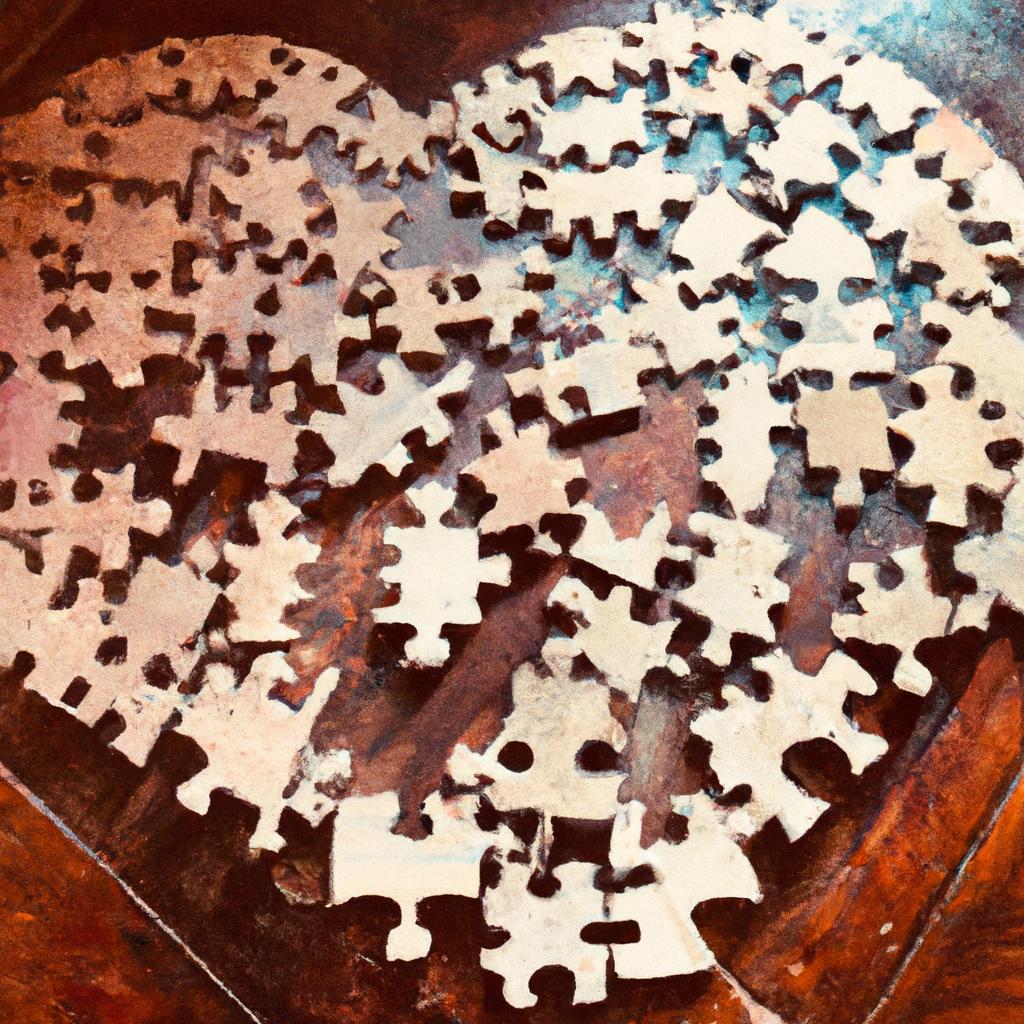Introduction to Customized Stuffed Animals: Sewing Your Plush Creations
Do you ever want your own stuffed animal just the way you like it? Thanks to the art of sewing, making your own custom stuffed animal is easier than ever! With a few simple tools and the right materials, you can create a one-of-a-kind plush creature that’s uniquely crafted by you.
Sewing is the process of stitching two pieces of fabric or material together to make a garment, toy, or other object. It’s one of the oldest forms of craftsmanship and can be done using a variety of methods. To sew a custom stuffed animal, you’ll need basic sewing skills, the right materials, a pattern, and a few simple tools.
When it comes to materials for your plush creation, there are many options to choose from. Common fabrics used for stuffed animals include fleece, cotton, minky, flannel, or felt. You can also use wool, faux fur, faux leather, or other synthetic fabrics to make your cuddly toy. Depending on the type of fabric, there are different techniques you can use to stitch your design together.
Choosing a Pattern
When it comes to making custom stuffed animals, choosing the right pattern is key. There is an array of different pattern options available that range from simple shapes to complex designs. Depending on your skill level and desired outcome, you will need to consider which pattern will best suit your project.
If you are just starting out and do not have much experience in sewing, you may want to choose a simple pattern with few pieces and easy-to-follow instructions. This will help make the process more manageable and less overwhelming. More experienced sewers can look at more intricate patterns that require additional stitch techniques.
Before selecting a pattern, take some time to research the different types available and consider the difficulty level. Be sure to read through the description carefully and review the included images. This will give you a better understanding of what the end product should look like and the amount of effort required to make it.
When it comes to making custom stuffed animals, taking the time to select a suitable pattern is essential. With careful consideration and research, you will be able to choose the best pattern for your plush creation and ensure a successful outcome.
Preparation Tips
Getting your materials and workspace ready is the most important step before you start sewing. It sounds simple but it can have a huge impact on the success of your project.
First, you’ll need to select the type of fabric you’d like to use. There are a variety of fabrics available, including cotton, fleece, and minky. Consider how soft and durable the fabric needs to be when making your choice. You may also want to consider the pattern of the fabric or even its color.
Once you’ve selected the right fabric, it’s time to cut it into pieces. When doing this, make sure to use sharp scissors as dull blades can cause the fabric to fray and unravel. If the pattern you’ve chosen has multiple pieces, use tracing paper to transfer the patterns to the fabric and trace them with a pen or marker.
Next, pin the pieces together. Use lots of pins and make sure that you’ve matched up all the edges. Take your time with this step; it’s crucial to ensure the pieces will fit together properly and that they’re the right size for your stuffed animal.
If you’re working with small pieces, you may find it easier to use adhesive tape instead of pins. But if you’re using larger pieces, pins are best as they will hold the pieces in place better. Be sure to only place pins along the edges of the pieces; putting them in the middle can make it difficult to sew the pieces together.
Finally, clean the area around your workspace so that there are no stray pieces of fabric or thread. Make sure the area is clutter-free, as this is key to successful sewing! With everything in place, you’re now ready to start sewing your plush creation.
Sewing Basics
If you are looking to create a custom stuffed animal from scratch, then the first step is learning the basics of sewing. Sewing can seem daunting at first, but once you understand the basics, it will become easier to master.
The two main types of seams used for sewing plush materials are hand stitches and machine stitching. Hand stitches are best for fine details, such as adding eyes or other small features. It also gives you more control over the shape that needs to be sewn. Machine stitching is much faster and is better for fabrics that are thicker and harder to stitch manually.
For both types of stitches, you must also consider what type of thread is right for your project. Thread comes in different weights, so it’s important to select the correct one for your fabric and project. If the thread is too thin, it will create weak stitches that may break or fray. If it’s too thick, it won’t be able to go through the fabric. Make sure to test your thread before using it on your project.
Regardless of what type of stitch you use, always remember to backstitch when starting and ending a seam. Backstitching creates a knot in the thread, which helps secure the stitch and prevents it from coming undone.
To get comfortable with sewing techniques, start with some basic projects like a pillow or drawstring bag. Even simple projects can help you gain proficiency in working with fabric and understanding how to use a sewing machine. Once you feel confident, you can move onto larger, more complex projects, like custom stuffed animals.
Finishing Your Creation
Creating your own custom stuffed animal is an exciting process and the last part is when you get to see the results of your hard work. Finishing up your stuffed animal requires preparing the stuffing, adding features, accessories, decorations and other details. With a few simple steps, your plush creation will come to life.
Preparing the stuffing is where you get to choose the type of stuffing that works best for your project. You can also add some extra texture to the stuffing by adding items like small beads or cotton fabric pieces. This is all a matter of personal preferences and experimentation.
Adding features to your plushie such as eyes, noses or buttons is also important. These can be made with felt, plastic, or any type of material you have available. Again, this is all a matter of personal creativity and preference.
Stuffing accessories such as hats, wigs, or even clothing items can make your creation more unique. You can use various fabrics such as cotton, fleece, or felt and create mini versions of any clothing item.
The last step is to embellish your plushie with decorations and details. This is all about adding a personal touch and making the stuffed animal your own. You can use items such as ribbons, patches, buttons, sequins, or anything else you might have to add a more personalized touch.
Now that you know the basics of finishing up your stuffed animal creation, it’s time to get creative!
Final Touches
Your stuffed animal is almost complete! The last step is to give it the perfect look by adding features and decorations that enhance its appearance. With a few simple touches, you can take your stuffed animal to the next level.
To begin, consider what sort of details you want to add to your creation. This could include eyes, ears, noses, buttons, bows, sequins, ribbons, or any other type of decoration you’d like.
Using the right supplies such as fabric glue, pins, thread, and scissors, you can make sure your plush stays looking neat and beautiful. Stitching on decorations can be tricky and time-consuming, so be sure to research tutorials if you’re not familiar with these techniques.
Another option is to use applique patches which are easier to apply and can provide a unique touch. You can find applique patches in different shapes, sizes, and colors in craft stores or online.
No matter what decorations you choose, take your time and have fun! Adding these final touches can really bring your stuffed animal to life, so don’t forget to put your own creative spin on it.
Common Mistakes to Avoid
When sewing customized stuffed animals, it’s important to understand the basics and avoid making common mistakes. Using the wrong type of fabric or thread can ruin the project, so it’s important to select the right materials. Different types of fabric will require different sewing techniques, so it pays to do your research. Thread should also be suitable for the fabric, otherwise it may not hold up well.
Another mistake to avoid is choosing overly complicated patterns or designs. Depending on the skill level, some designs may end up over your head and create unnecessary frustration. While it can be exciting to try something challenging, remember to select a pattern that is suitable for your experience level.
Lastly, ensure that all of the pieces are cut in the proper size and shape before beginning to sew them together. Stuffed animals with lopsided limbs or uneven eyes are never attractive, so double check everything is properly sized and shaped before proceeding.
Creating Your Own Custom Stuffed Animal
Creating your own custom stuffed animal is a fun and rewarding way to express your creativity! There are many different methods and materials involved in sewing your own plush creations, making it an exciting process no matter your skill level. From selecting the perfect pattern to demonstrating your own unique style with decorations and details, you can make your stuffed animal dreams come true!
Making a custom stuffed animal can be both enjoyable and educational as you learn the basics of sewing and different types of fabrics. You also get to fine-tune your skills such as cutting, pinning, hand sewing, and machine stitching. Plus, by taking the initiative to custom create your own stuffed animal, you’re helping reduce waste and showing your commitment to sustainability!
By following this guide, you’ll have all the necessary information to create your own personalized plush creature from start to finish. So, let’s get started and take a look into creating your own customized stuffed animal!
Resources
Making custom stuffed animals is a fun and rewarding experience, and the internet is full of resources to help you get started. You can find helpful tutorials online for sewing patterns, design ideas, and other tips that will make the process easier. Before beginning your project, be sure to take some time to browse online tutorials and craft blogs to get inspired.
Some great resources to get started include:
- Craftsy – Stuffed Animals: This website offers dozens of tutorials and videos for making your own plush creations.
- Etsy – Stuffed Animals: Etsy is a great place to find unique and handmade stuffed animal patterns.
- The Spruce – How to Make Stuffed Animals: This website has a comprehensive guide to sewing stuffed animals with both hand and machine stitching techniques.
These are just a few of the great online resources you can take advantage of as you begin creating your own custom stuffed animals. With a little research, you’ll be able to find plenty more tutorials and ideas to help get you started.
comments: 0





